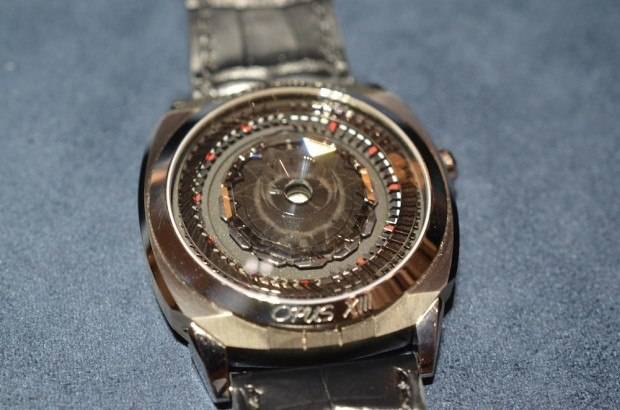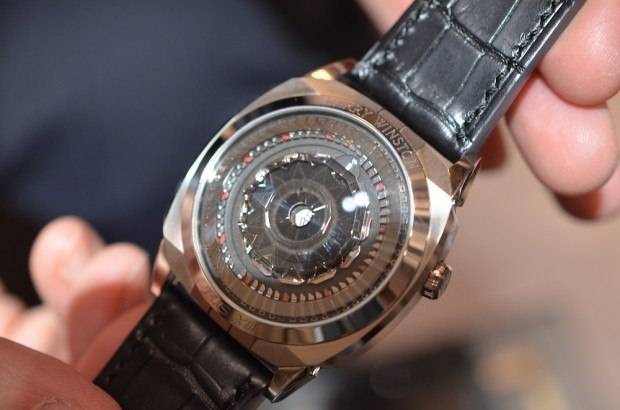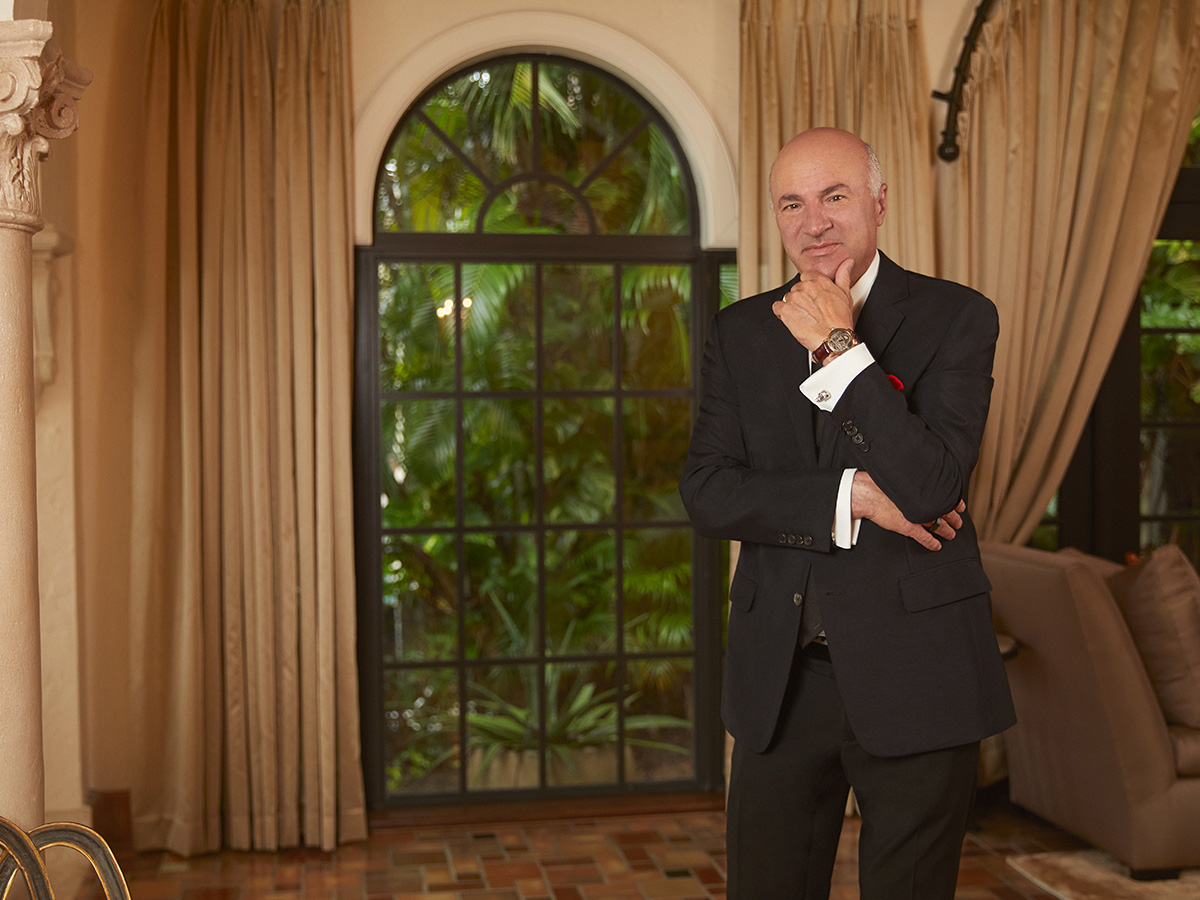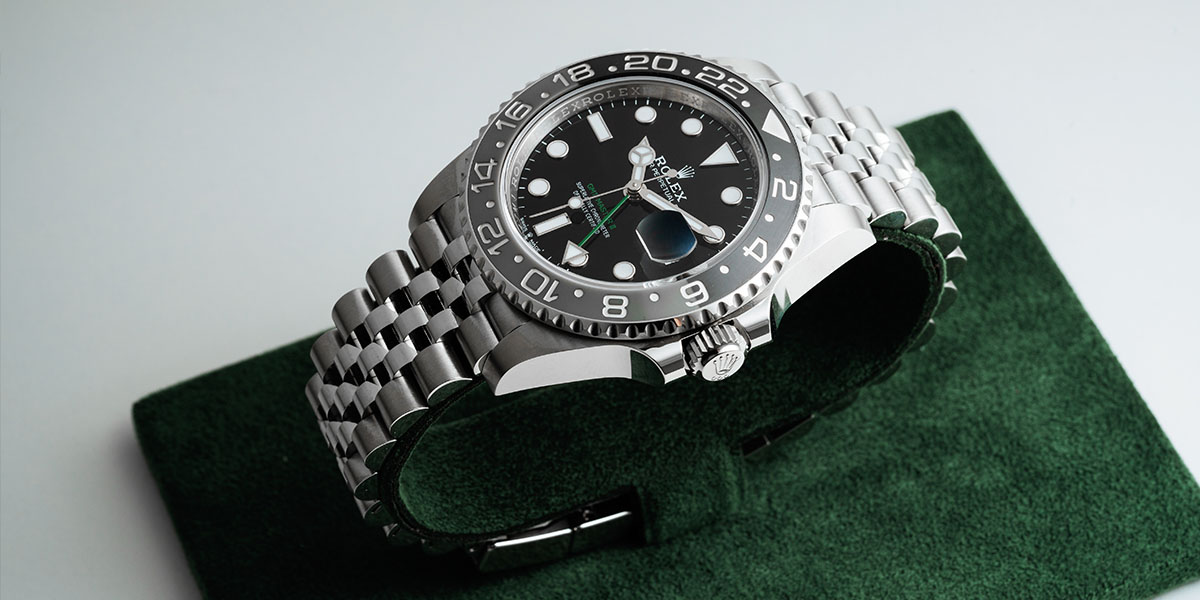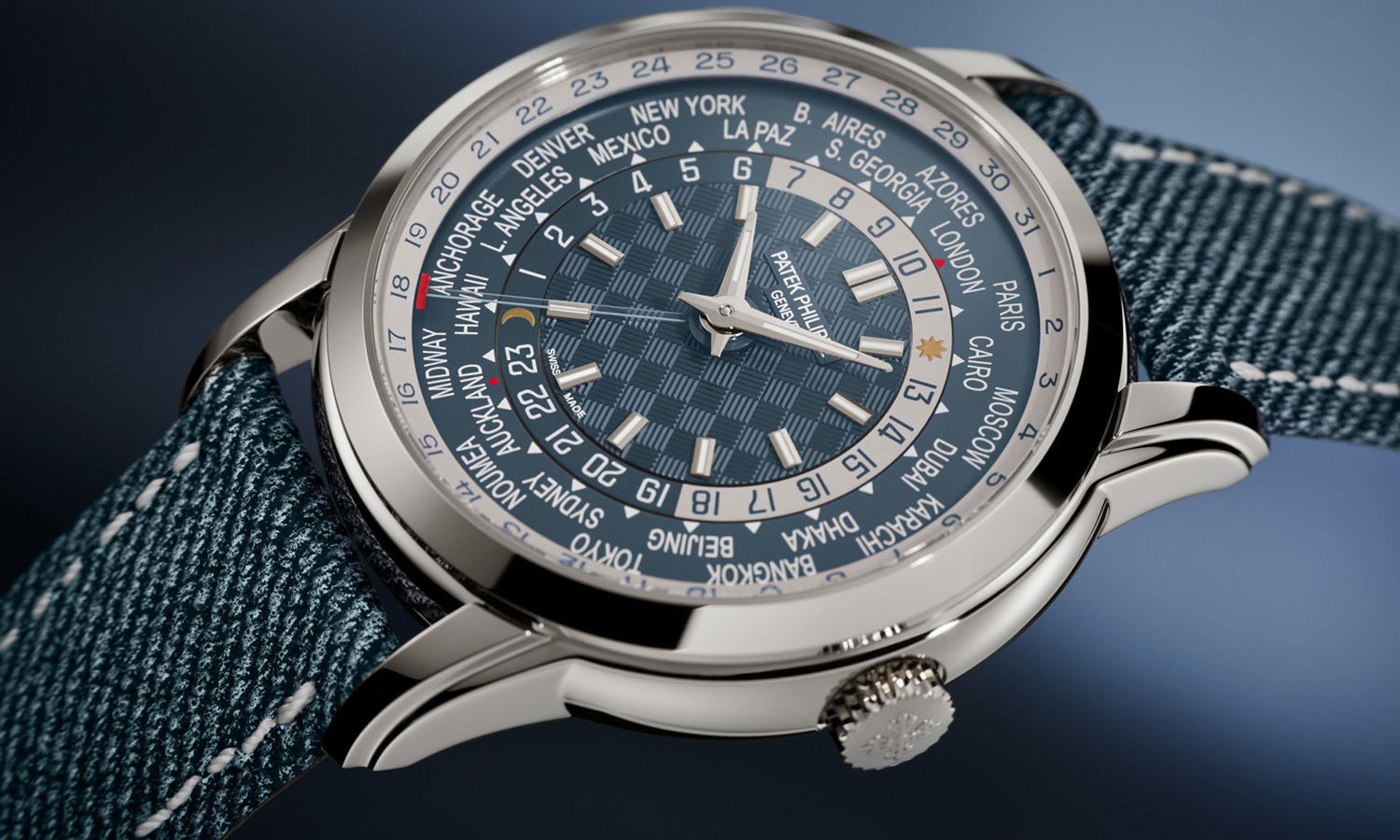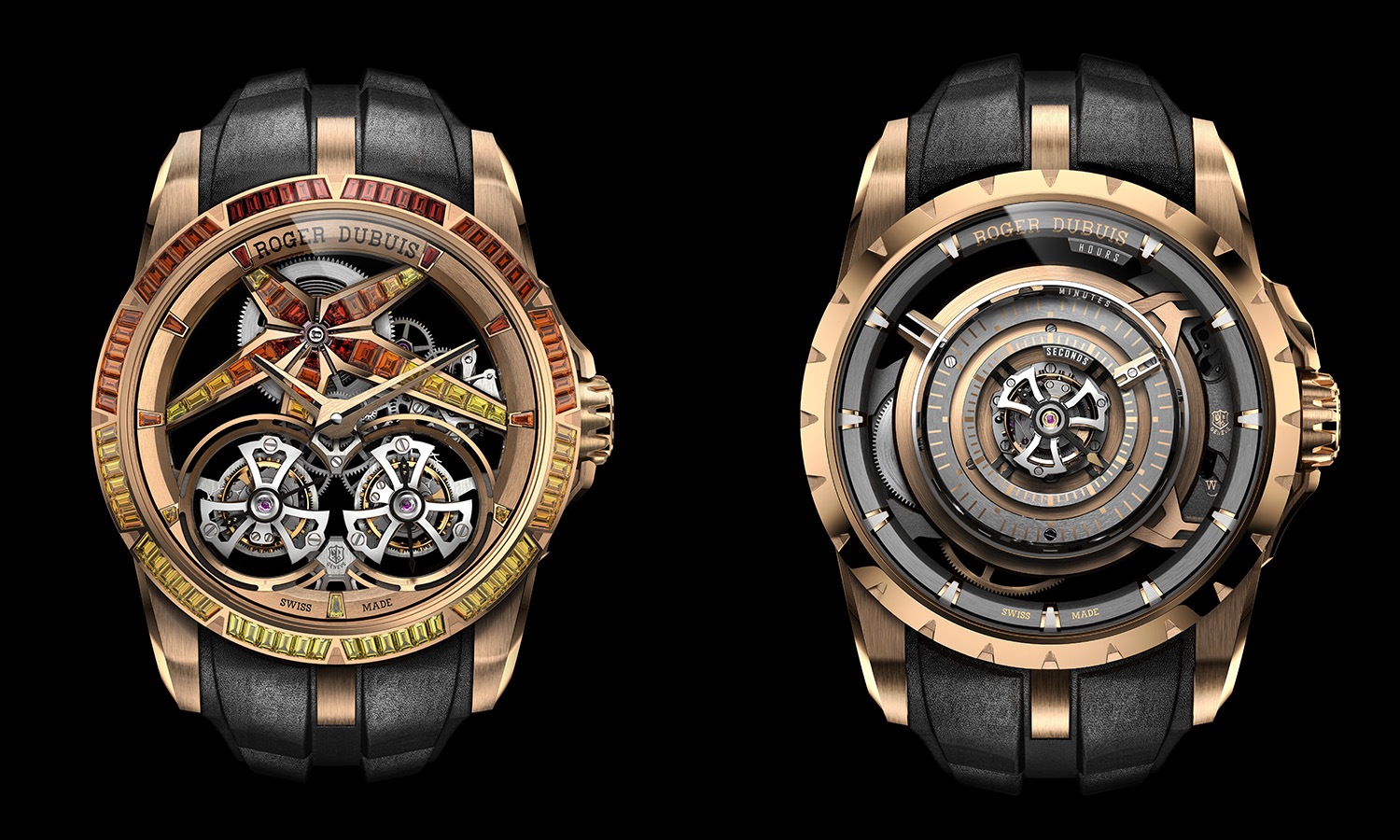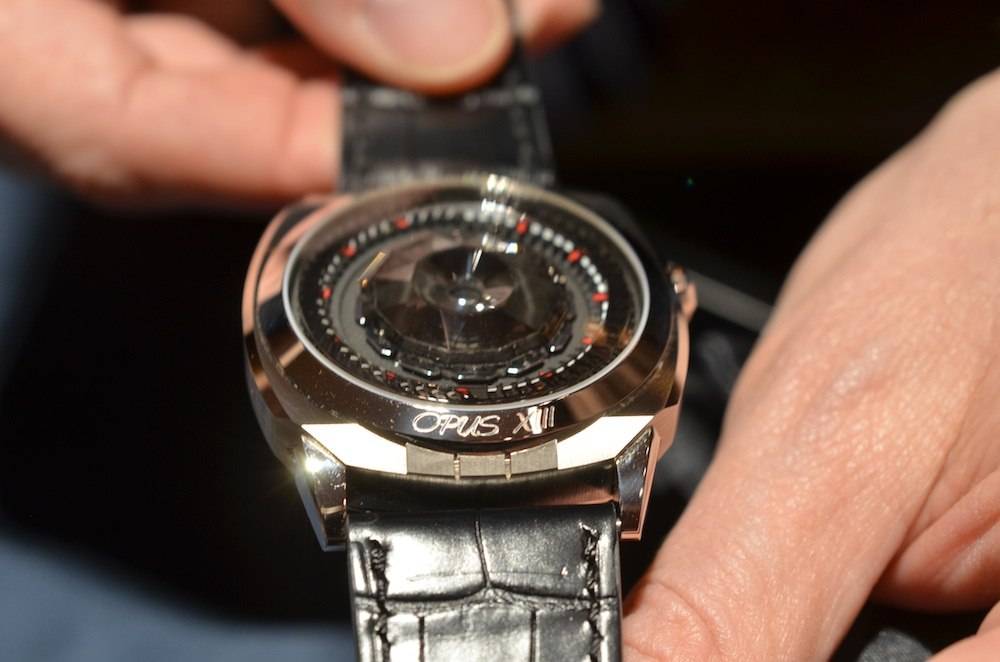
Close Up: Harry Winston’s Opus XIII
BaselWorld2013 has officially wrapped, but if you’re anything like us, you’re still reeling from all the incredible reveals. Today we’re pausing for a close up look at Harry Winston’s Opus XIII, the brainchild of independent watchmaker Ludovic Ballouard.
This mechanical timepiece boasts an astounding fifty-nine pivoting minutes hands, with eleven rotating triangles for the hours, and a sliding trapdoor that performs a magic show wherein minutes and hours appear or vanish instantly. With the minutes accumulate around a track, each five minutes in red, withdrawing in unison when they complete the circle of the hour. Silver triangles spring in turn from a faceted dome to show the hours, rotating back when their duty’s done. Every twelve hours, Harry Winston’s logo is revealed on the dial, only to vanish sixty minutes later. The fifty-nine minutes hands of the Opus XIII pivot on a ring of as many steel shafts, each held between two ruby bearings. Accordingly, no other timepiece ever made has as many functional jewels – this timepiece features 242. From the transparent sapphire crystal caseback the wearer can glimpse the blades that look like they could be from a jet engine. This component is comprised of fifty-nine jumper springs (one for each minutes hand) carved from a single piece of steel using LIGA technology (lithography, electroplating and molding).
The Opus XIII is the incarnation of Ballouard’s imagination, with nearly every piece imagined from scratch (except the balance and escapement). For example, the display is the creation of two separate power sources working as a team. One mainspring barrel drives the escapement through the going train and keeps the balance swinging at a steady 21’600 vibrations an hour. The other barrel provides the energy for the display of minutes, triggered every 60 seconds by the center wheel of the going train. The key element is an outer minutes ring driven by the second barrel. Every minute, it jumps forward a step, released then locked by a rocking lever with two pallet stones, controlled by a cam working off the center wheel. A peg on the advancing ring flips each minutes hand forty degrees in turn, revealing them in succession around the dial. At the end of the 59th minute, a second outer ring comes into play, its crenelated rim simultaneously rotating the fifty-nine minutes hands back into their hiding places.
The mechanism for the hours is no less ingenious. Here again it relies on an outer ring that jumps forward every sixty minutes, turning the triangle of the old hour 180° so that it disappears beneath the faceted dome on the dial, and simultaneously turning up the next hour. At the heart of this mechanism is a snail cam that rotates once an hour. A lever drops off the edge of the cam, pulling a rack to turn a pinion that advances the hours ring. At the 12th hour, instead of turning up a triangular hour hand, the hours ring rotates a wheel attached to a connecting rod that pulls open a sliding shutter to reveal the Harry Winston logo in the center of the faceted dome.
Both mainspring barrels are wound by turning the crown back and forth. A rocking pinion engages the barrel for the going train when the crown is turned in one direction and shifts over to engage the other barrel when the crown is turned in the opposite direction. Similarly, when setting the time, the crown is pulled out and turned one way to advance the
minutes and the other to advance the hours. Opus XIII, which reinvents time, once again illustrates the creative explosion triggered between the Harry Winston team of designers and watchmakers and its partners in the Opus Series. Harry Winston believes nothing in watchmaking is beyond human ingenuity, and Opus XIII invariably proves it right.
The Opus XIII is reference OPUMHM44WW001. Photos by Seth Semilof.
 SIGN UP
SIGN UP

